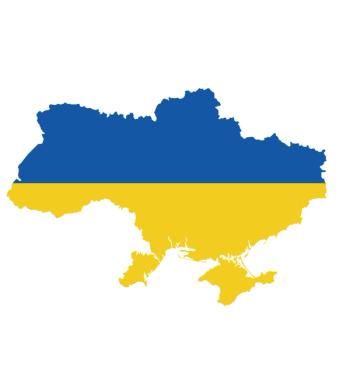
The Role of Pictures in Reducing Gun Violence
Is a picture really worth a thousand words? And, if so, is it what is needed to make a difference in gun violence reduction?
PSYCHIATRIC VIEWS ON THE DAILY NEWS
To address the concern and pessimism about achieving
For me, some questions arise about using photographs to sway public and political opinion regarding gun violence:
- Would such photos actually cause people to “harden their hearts” and mentally dissociate from the issues if the image feels unbearable?
- Would such images cause secondary trauma in some viewers?
- Would the images inspire copycat actions by the contagion effect?
- Would the images be psychological harmful for those personally involved?
- Would such images spur enough individuals to take action?
Already, loved ones have seen the bodies of their killed
Former Homeland Security Secretary Jeh Johnson advocates for publicly sharing pictures of the mutilated bodies of the children. He based this recommendation on “
Then there is the 1972 infamous photograph “
There have been many other such emotionally powerful, but difficult, images used to move along issues: other war images, emaciated concentration camp survivors, heavy smokers unable to speak and, in some states, pregnant women seeking an abortion are forced to look at their fetal sonograms before allowing the abortion. Reaction to such images may also change over time.
Unfortunately, the research about the outcomes of such photography and imaging continues to be inconclusive.1 Clearly, the photos had the desired impact on some individuals, but not others. Nevertheless, if carefully designed, monitored, and researched, they may be worth trying in regard to gun violence given the failures of previous
Dr Moffic is an award-winning psychiatrist who has specialized in the cultural and ethical aspects of psychiatry. A prolific writer and speaker, he received the one-time designation of Hero of Public Psychiatry from the Assembly of the American Psychiatric Association in 2002. To create a better world, he is an advocate for treating mental health issues related to climate instability, burnout, Islamophobia, and anti-Semitism. He serves on the Editorial Board of Psychiatric Times™.
Reference
1. Sherer MD.
Newsletter
Receive trusted psychiatric news, expert analysis, and clinical insights — subscribe today to support your practice and your patients.

















